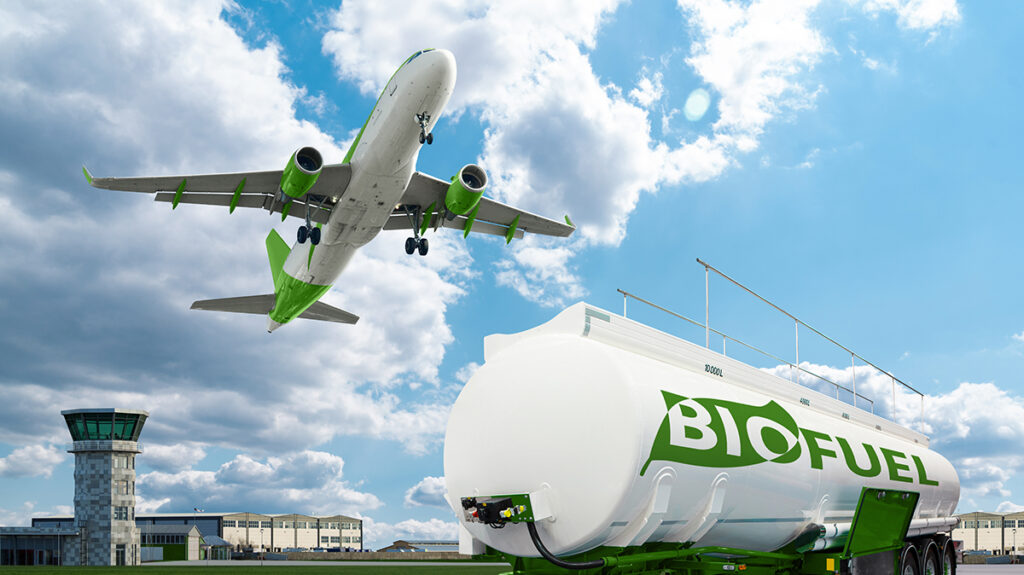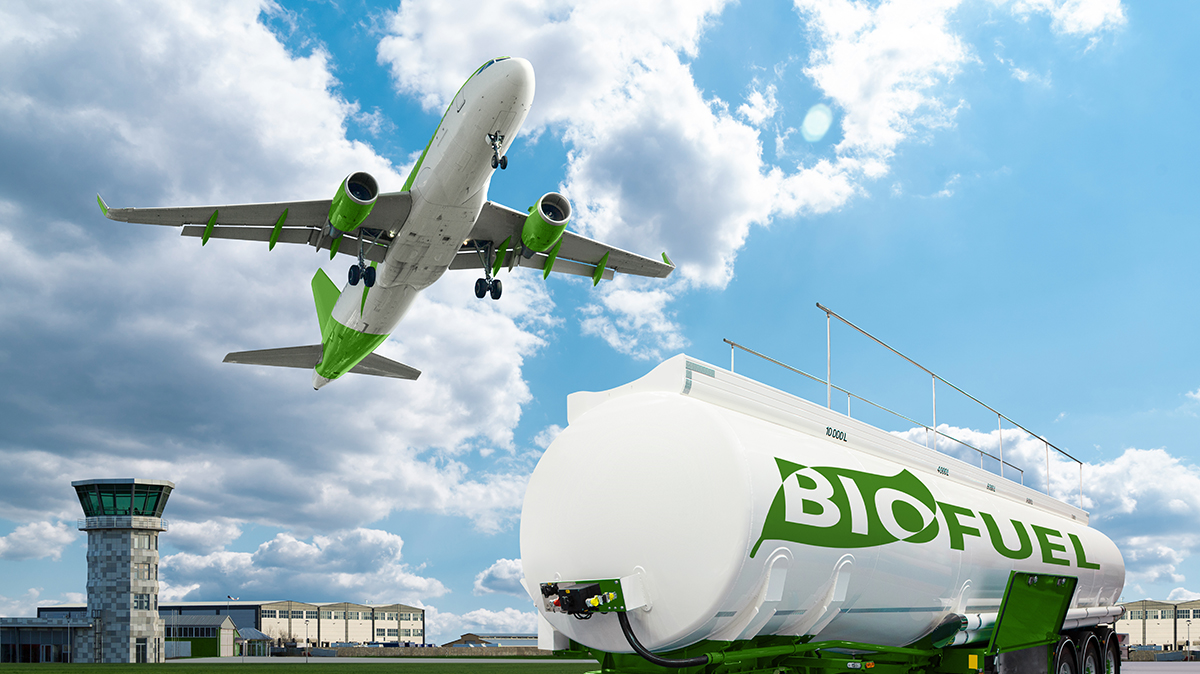
With demand for U.S. biofuel production continuing to expand, producers are constantly looking for new fuel sources. One relative newcomer is camelina oil, with producers only recently exploring its commercial uses.
The camelina oilseed dates back thousands of years to when it was first produced in Northern Europe. Its oil was initially used for food, medicine, and lamp fuel but was largely replaced in the 20th century by other oils like rapeseed and canola. Recently, camelina’s potential as an industrial crop gave it a second chance in the oilseed market. The demand for camelina oil for biodiesel and jet fuel is being driven by its use as a renewable source of oil.
Outlook for camelina oil for biodiesel and jet fuel
According to energy industry analysts, the domestic production of biodiesel is expected to quadruple between 2020 and 2022, from about 550 million gallons to 2 billion gallons. In fact, the Energy Information Administration projects U.S. biofuel production to slowly increase through 2050, substituting high carbon score petroleum products. As fossil fuel petroleum prices continue to rise, the cost of producing Camelina oil will become ever more competitive.
Additionally, Camelina is being used by the U.S. army as it expands into alternative fuels. The U.S. Air Force blended camelina biodiesel with standard jet fuel for several fighter jet test flights. Analysis shows camelina-based jet fuel reduces carbon emissions by an incredible 75% compared to petroleum, showcasing the advantage of switching to an alternative fuel like camelina oil.
To meet this expected uptick in demand, domestic feedstock producers must ramp up their capacity and add several million metric tons of alternative fuel production to their pipeline. Currently, feedstock availability is the biggest limitation on increasing biofuel and jet fuel production. This is where the use of camelina oil for biodiesel and jet fuel shines.
Camelina oil for biodiesel and jet fuel production
Camelina can be used to produce both biodiesel and bio-jet fuel, but its advantages come from its low-effort cultivation, hardy growing conditions, and resulting composition.
Its advantages include:
- Short growing season: Reaching maturity in less than 100 days, camelina’s short growing season means it can be rotated with other crops. Therefore, farmers growing camelina can have two harvests per year.
- Minimal inputs: Camelina doesn’t require as many agricultural inputs when compared to other crops. Farmers can reduce their consumption of water, fertilizer, pesticides, and herbicides. It also is resistant to common insects and diseases.
- Tolerance: Growing well in arid dryland regions, camelina is well suited to the Northern and Southwest U.S. and can thrive with as little as 11 inches of rainfall.
- Resistant to frost: Due to its hardiness, camelina can be planted before many other crops at the beginning of spring. Its seeds can germinate in temperatures as low as 34 degrees Fahrenheit, with seedlings known to survive even colder temperatures.
Solvent extraction equipment, which uses a chemical like hexane to separate the oil from the meal, is a significant financial investment for processors. Because most camelina seed processors operate at lower capacities, cost-effective mechanical extrusion systems are often the best option for oil extraction. Traditional mechanical presses can recover 75% or more of the seed’s oil. Additionally, reducing equipment costs increases the overall profit margin for processors looking to produce camelina oil for biodiesel.
Oil and meal are the valuable byproducts of this process. To maximize oil recovery, processors should consider adding a dry extrusion system like the Anderson Dox™ Extruder. It efficiently shears, cooks, and dries the seeds using cost-effective mechanical energy, releasing more of the oil trapped inside. Integrating a high-shear extruder such as the Dox can reduce oil residuals to less than 6% in most oilseeds and double the press’s capacity.
Once the oil has been extracted from the camelina seed, it is converted into biodiesel using a chemical process known as transesterification. This process results in the fuel that is then combined with petroleum diesel to create biodiesel.
How camelina oil biodiesel and jet fuel stacks up
As previously mentioned, camelina has an incredibly low carbon score compared to other diesel feedstock crops. It releases fewer greenhouse gas emissions, with some studies finding a 40-60% reduction when replacing petroleum diesel. Combined with its ability to grow in arid conditions and naturally hardy composition, camelina is extremely valuable as a fuel alternative.
Farmers growing camelina oil for biodiesel and jet fuel benefit from the economic diversification that comes from its short growing season, using it as a valuable cover crop. Processing camelina oil is similar to processing higher-volume commodity oilseeds like canola, allowing farmers to use their existing equipment and diversify their income streams. Altogether, investing in camelina will enable farmers to maximize profit from the increasing demand for biofuel.
To learn more about camelina oil for the biodiesel market, contact the processing experts at Anderson International.
